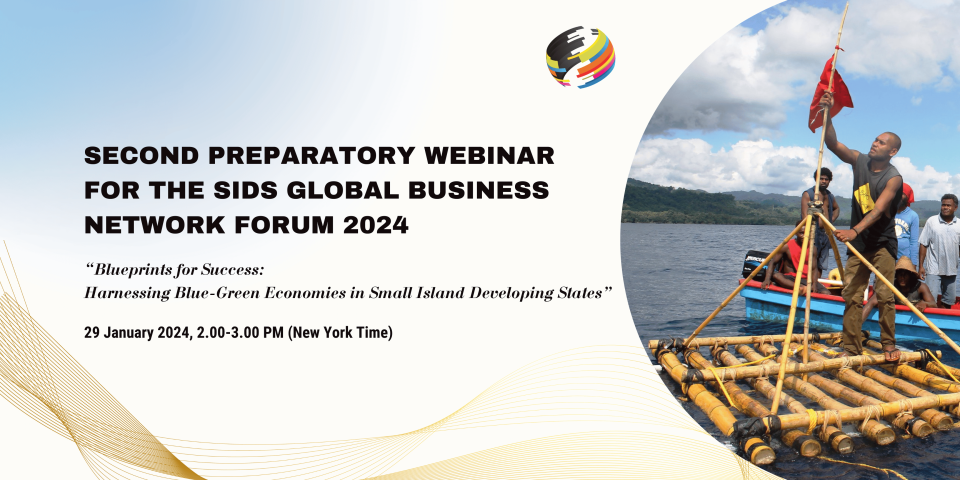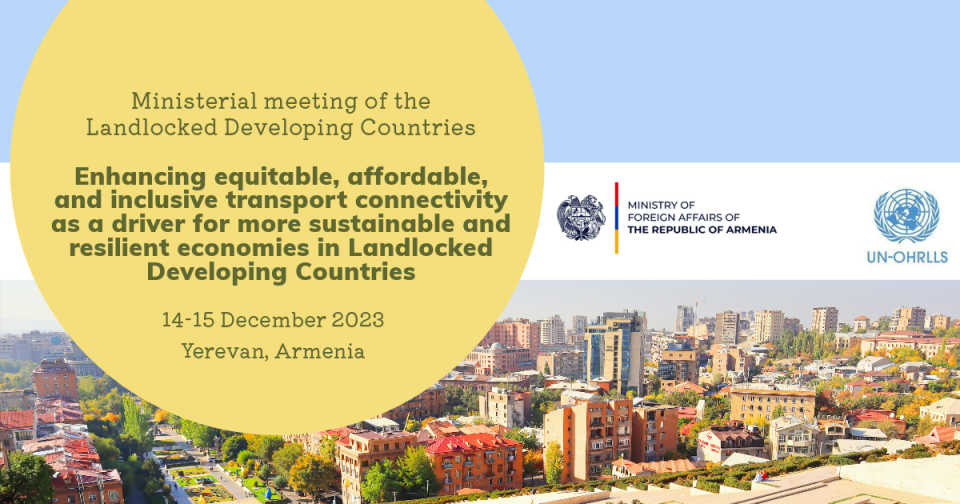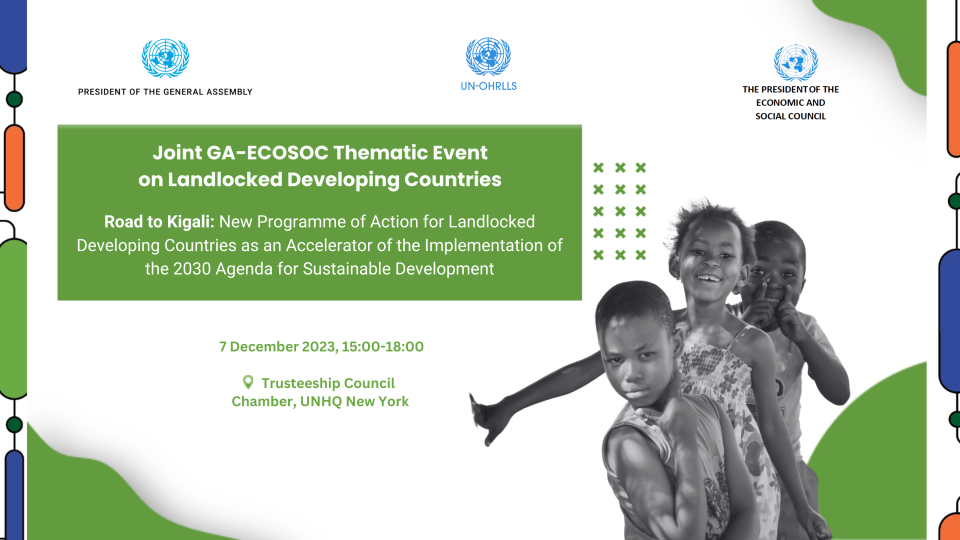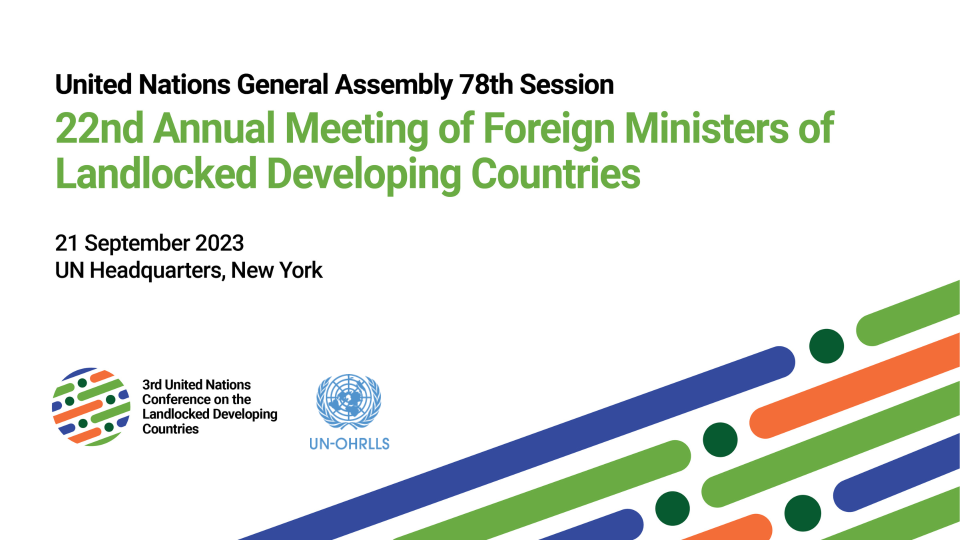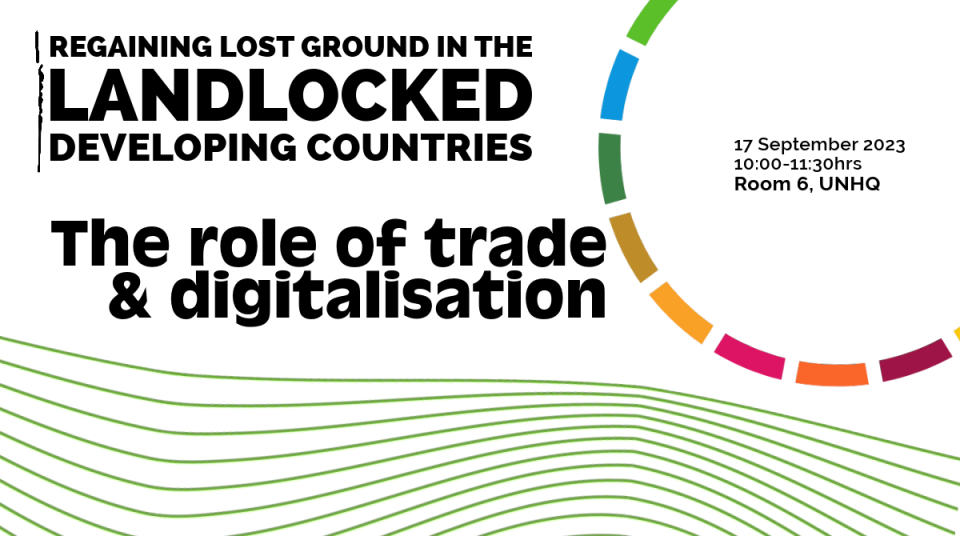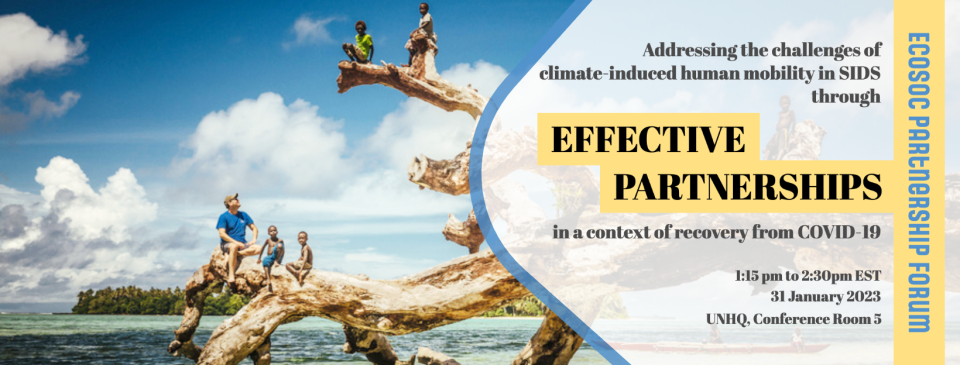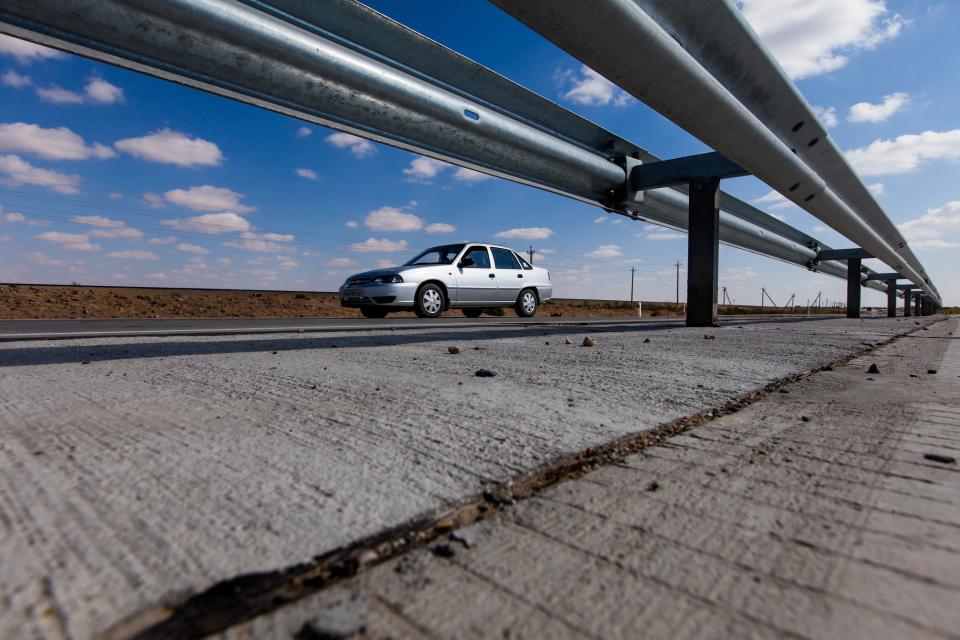Disaster Risk-Informed and Resilient COVID-19 Recovery
nepal_ilo_marcel_crozet.jpg
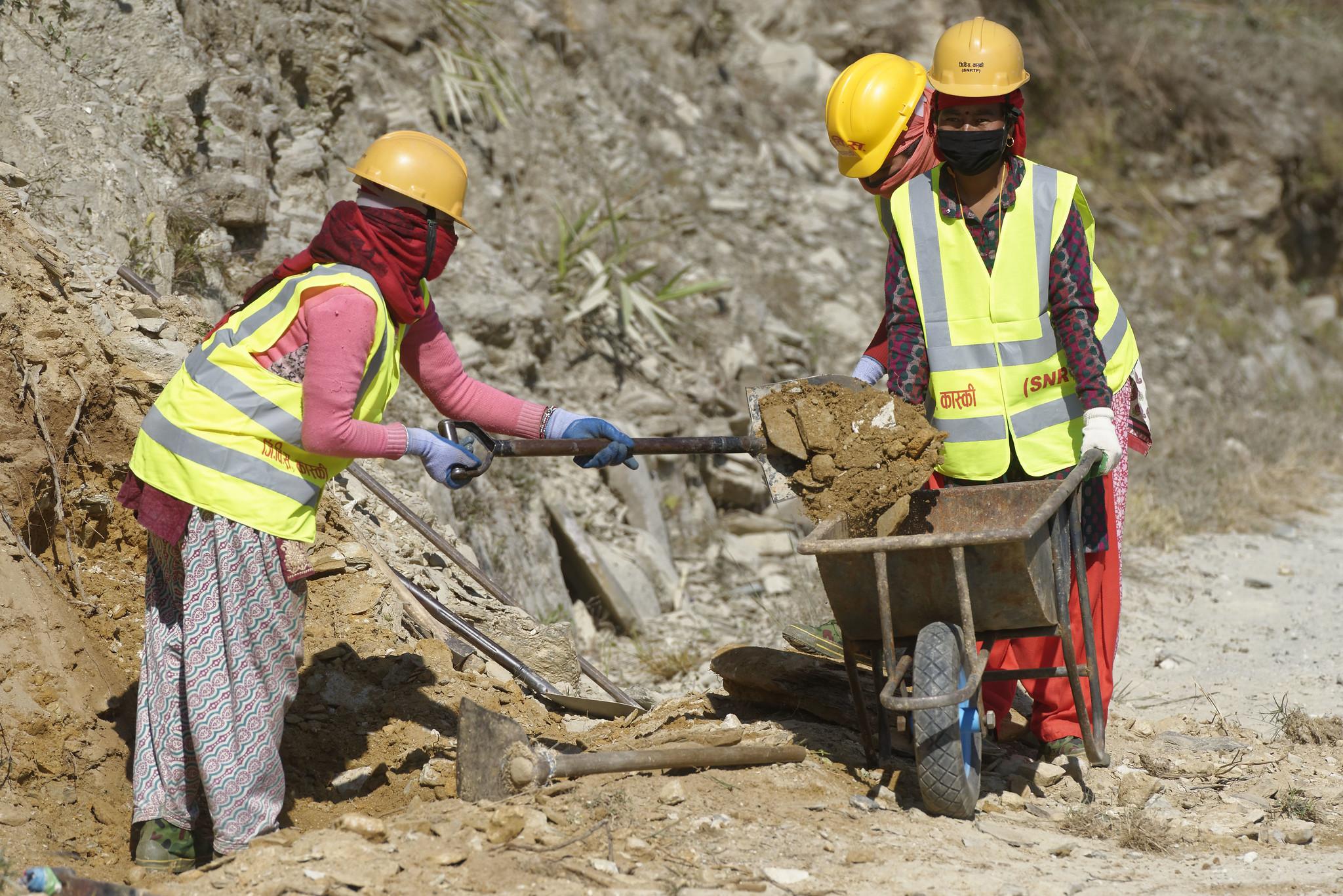
At this year's General Assembly Second Committee side event, leading scientists and academics, policymakers, and disaster risk reduction practitioners will discuss how the application of the Sendai Framework in COVID-19 recovery and rehabilitation measures can change the trajectory of development from one that unintentionally creates risk to one that purposefully reduces risk and builds resilience for current and future generations.
The United Nations Office for Disaster Risk Reduction (UNDRR) is organizing a Virtual Side Event at the 75th Session of the General Assembly, in collaboration with the International Labour Organization (ILO), the Office of the High Representative for the LDCs, LLDCs and SIDS (OHRLLS), and UN Women. This side event will support countries in taking forward recent Second Committee decisions on a disaster risk-informed approach to sustainable development and the achievement of the SDGs. As the end of 2020 is the deadline for Target E of the Sendai Framework, for countries to have national and local disaster risk reduction strategies in place, the event will be an opportunity to take stock of progress and encourage countries to use the development of national disaster risk reduction strategies to guide a resilient, risk-informed, and inclusive COVID-19 socio-economic recovery
The Fifth United Nations Conference on LDCs (LDC5), to be held in Qatar in 2022, and its preparatory process also provides an opportunity to address risk in a systemic manner over the next decade and beyond.
BACKGROUND
Today’s risk landscape is rapidly changing, and risk has become progressively more systemic. New interactions between environmental, economic, technological and biological risks are emerging in ways that were not anticipated. One hazard can trigger another with cascading impacts across systems and borders and devastating impacts on progress across the SDGs. However, policies, institutions and financing remain focused on preparing for and responding to disasters, rather than preventing the creation of risk and subsequent losses. To achieve the SDGs, current, emerging and future risks need to be considered in policy and investment decisions in all sectors.
The COVID-19 pandemic and the climate crisis exemplify the systemic nature of risk and the potential for cascading impacts. COVID-19 has triggered an unprecedented social and economic catastrophe on a global scale. Decades of development progress have unraveled, and poverty and inequality, particularly gender inequality, have deepened. As a consequence, vulnerability and exposure to other hazards, including the intensifying climate crisis, have greatly increased with impacts foreseen long into the future.
OBJECTIVES
The objectives of the side event are to:
- raise awareness that limited attention to risk reduction in sustainable development policy, including economic policy, and public and private investments is compromising the achievement of the SDGs;
- encourage Member States and stakeholders to apply the Sendai Framework in COVID-19 response and socio-economic recovery and rehabilitation policies and strategies in order to embark on a risk-informed and sustainable trajectory moving forward; and
- to share promising national experience in implementing the Sendai Framework and reducing disaster risk.
GUIDING QUESTIONS
-
What immediate and medium-term measures can Governments take to embark on a development trajectory that reduces rather than creates risk?
-
What are the challenges and obstacles to applying systemic understanding of risk in development policy and investments and what measures are needed to support the public and private sectors to overcome them?
-
What actions can Governments take to ensure that COVID-19 recovery and rehabilitation is disaster risk-informed, inclusive, gender responsive, and addresses the underlying social and economic drivers of disaster risk?
-
What type of regulations standards and legislation are need, including in the workplace, to reduce disaster risk?
-
How can Governments and the private sector better access existing financing and disaster risk information to ensure policies and investments are risk-informed?
DOCUMENTS
Background Materials
WATCH LIVE ON UN WEB TV:
More info: https://www.undrr.org/event/disaster-risk-informed-and-resilient-covid-19-recovery


